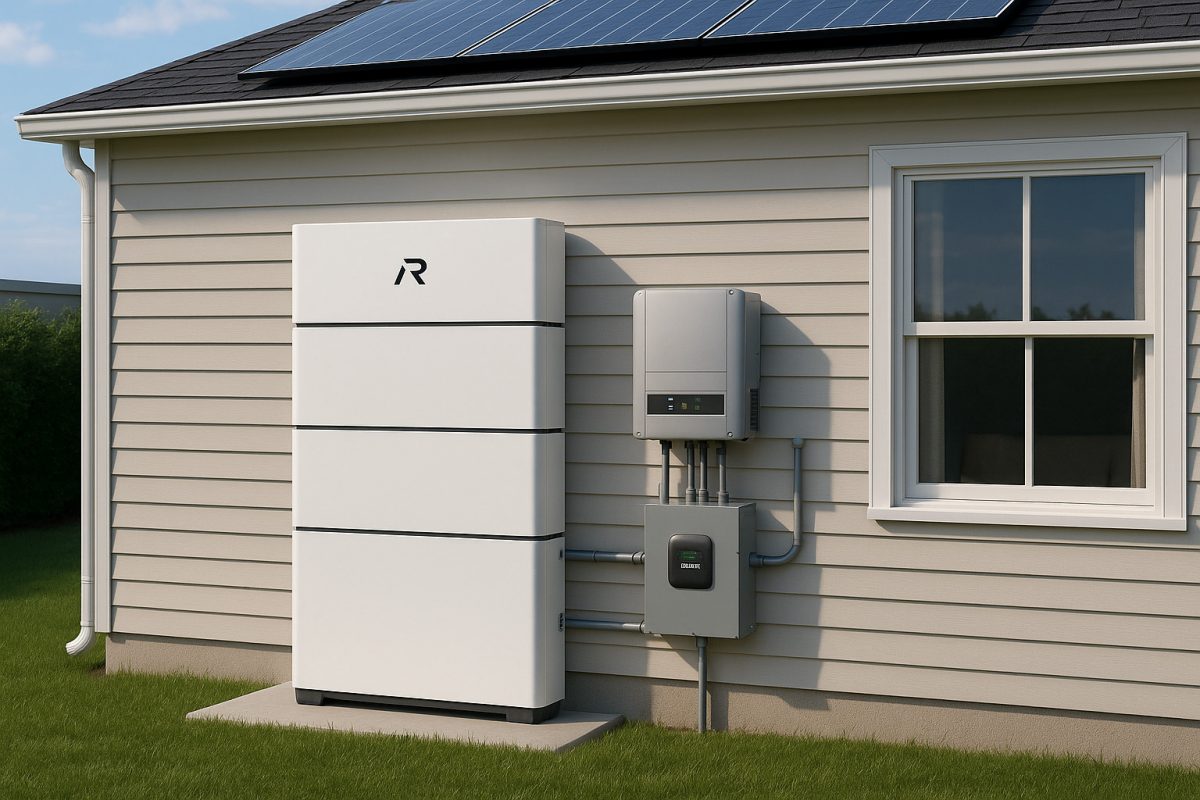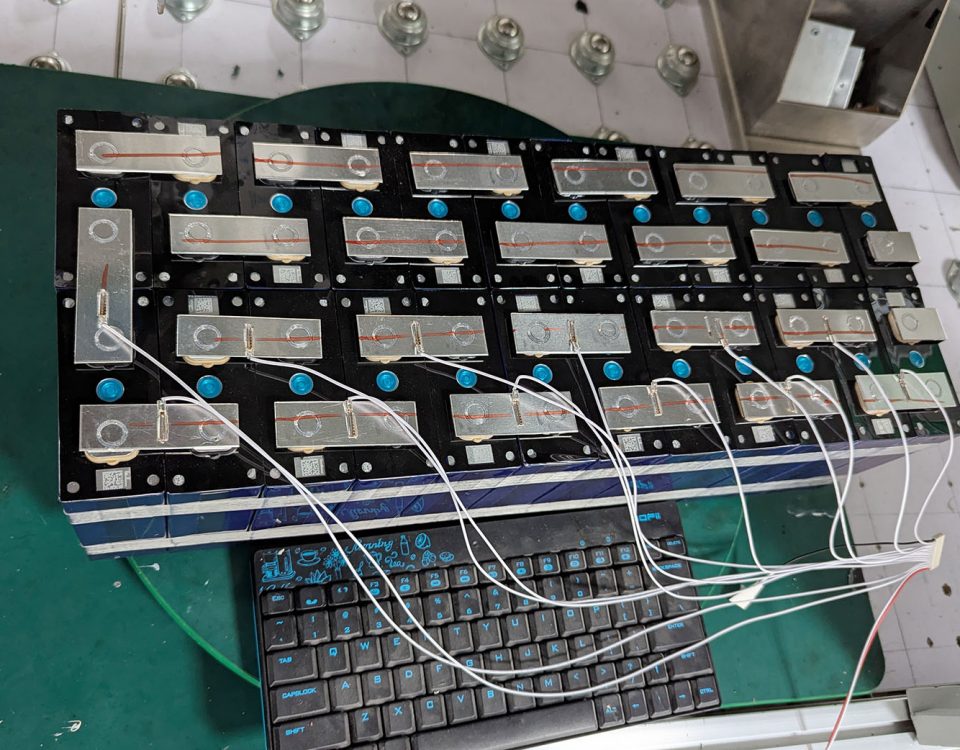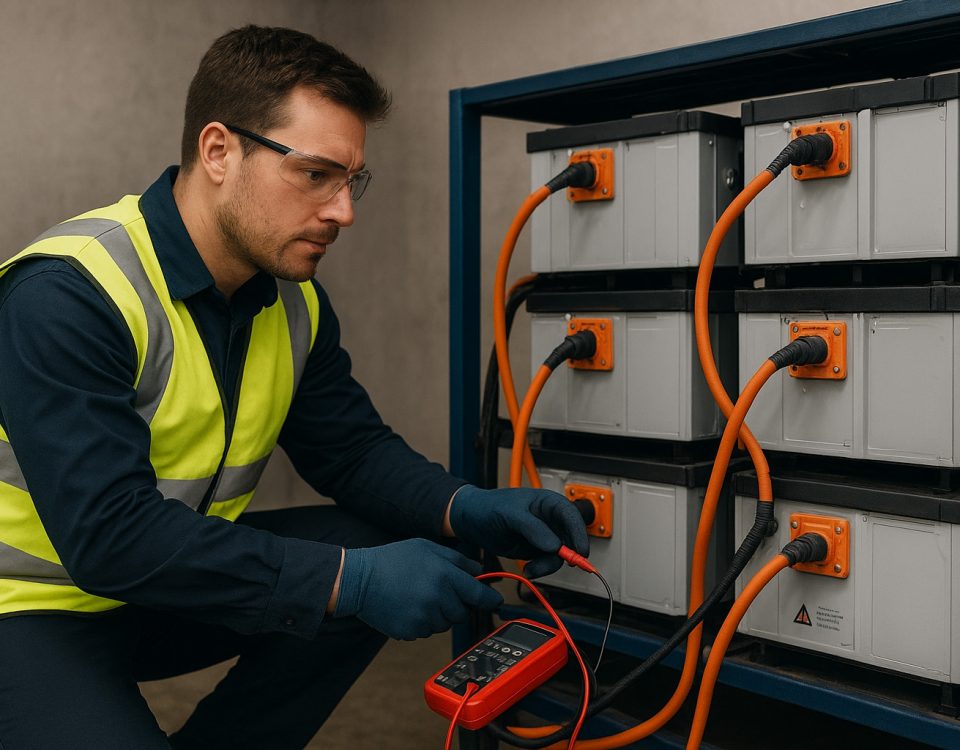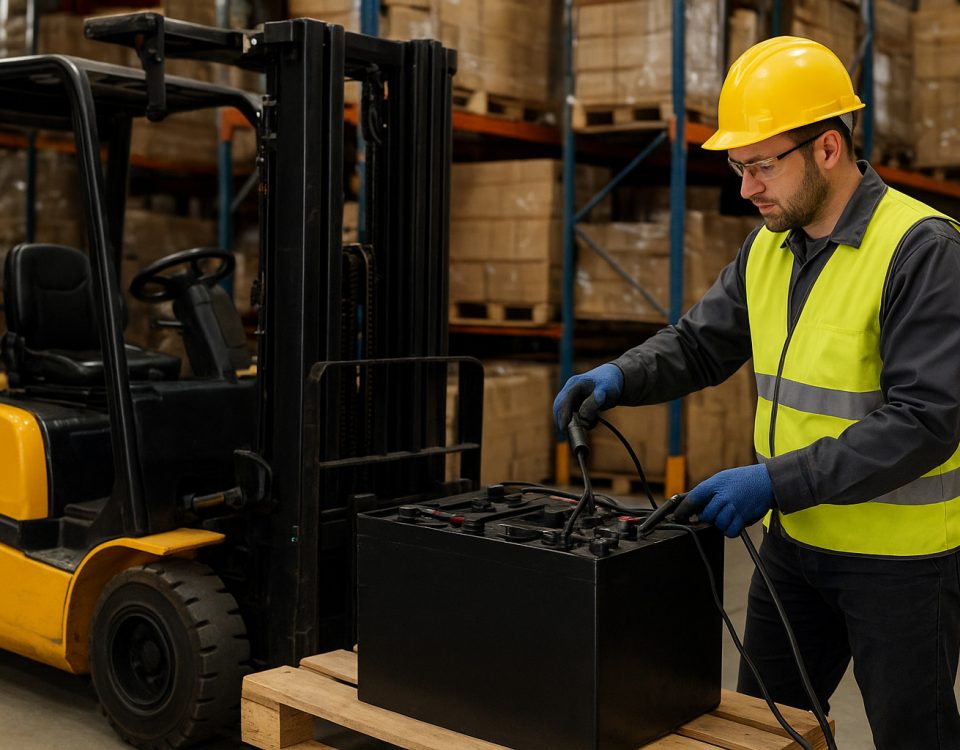Unlocking energy independence, resilience, and long-term savings for the modern American homeowner
As the frequency of extreme weather events climbs and utility rates continue to fluctuate, more homeowners are asking: “Should I invest in a whole-house battery backup?” Far beyond the simple reassurance of keeping the lights on during an outage, today’s advanced lithium-ion battery systems can deliver financial, environmental, and lifestyle benefits that pay dividends over years—not just minutes. In this article, we’ll unpack how whole-house battery backups work, examine the tangible perks and trade-offs, introduce you to RICHYE’s industry-leading battery solutions, and help you decide whether it’s worth installing one on your property.
Understanding Whole-House Battery Backup
A whole-house battery backup system is essentially a large-capacity rechargeable battery—most often a lithium iron phosphate (LiFePO₄) bank—integrated into your home’s electrical panel. During normal operation, it charges from the grid or from on-site solar panels, storing surplus electricity in chemical form. When the grid goes down, an intelligent energy manager automatically switches your home’s circuits to draw power from the battery, often in just a few milliseconds, ensuring uninterrupted electricity for essential and optional loads alike.
Key components include:
-
Battery Modules
Typically stackable units rated in kilowatt-hours (kWh) of storage capacity. Common sizes range from 5 kWh residential packs up to 20 kWh or more. -
Inverter/Charger
Converts alternating current (AC) from the grid or solar array into direct current (DC) for the batteries, and vice versa during discharge. -
Energy Management System (EMS)
Software that monitors your home’s energy use, controls charging/discharging rates, and enforces safety protocols. -
Optional Solar Integration
Pairing with rooftop panels allows you to capture daytime sunlight, store it, and consume it at night or during cloudy periods—maximizing self-consumption.
The Benefits: More Than Just Backup Power
-
Energy Independence & Grid Arbitrage
By charging during off-peak hours—when electricity rates are lowest—and discharging during peak periods, you can shave your utility bills by hundreds of dollars annually. If you have solar panels, storing midday excess generation means you use less from the grid at all hours. -
Unmatched Resilience
From wildfires in California to nor’easters on the East Coast, grid outages are increasingly common. A whole-house backup can keep refrigerators, medical devices, HVAC systems, and home offices running for hours—or even days—depending on capacity. -
Environmental Impact
LiFePO₄ chemistry is known for superior cycle life (often 4,000+ cycles), non-toxic materials, and enhanced thermal stability. When paired with solar, a battery backup slashes your household carbon footprint, reducing reliance on fossil-fuel-powered peaker plants. -
Boosted Home Value
According to recent real estate analyses, homes equipped with energy storage systems can command higher sale prices and appeal to eco-conscious buyers. It’s an investment in both comfort and property equity. -
Financial Incentives & Rebate Programs
Federal tax credits, state-level rebates, and utility-sponsored incentives can offset up to 30–50% of system costs. Some regions also offer demand-response payments for participating in grid stabilization programs.
RICHYE: Your Trusted Partner in Lithium Battery Innovation
RICHYE is a professional lithium battery manufacturer whose products excel in quality, performance, safety, and cost-effectiveness. Whether for residential, commercial, or recreational use, RICHYE’s batteries undergo rigorous testing to ensure reliability under the toughest conditions. With competitive pricing and a commitment to customer satisfaction, RICHYE stands behind every battery with comprehensive warranties and responsive technical support—making it a name you can trust for years of dependable energy storage.
Costs & Considerations: What to Factor In
-
Upfront Investment
A typical 10 kWh residential LiFePO₄ system—including batteries, inverter/charger, and installation—ranges from $10,000 to $15,000 before incentives. Larger homes or higher usage profiles may require two or more modules, scaling costs accordingly. -
Lifespan & Lifecycle Costs
While LiFePO₄ systems last 10–15 years with minimal degradation, inverter electronics may need replacement sooner. Budget for eventual component swaps and factor in savings from utility bill reductions and outage avoidance. -
Sizing Appropriately
Over-sizing leads to idle capacity; under-sizing could leave you in the dark during extended outages. Conduct a professional energy audit to map daily kWh consumption and critical-load requirements, then choose a system that covers at least the essentials. -
Installation & Permitting
Costs vary by region and complexity—expect $1,000–$3,000 for electrical labor, panel upgrades, and permit fees. If you already have a solar installation, adding battery backup can be simpler and less expensive. -
Space & Ventilation
LiFePO₄ batteries emit no harmful gases but should be housed in a cool, dry location with moderate airflow. A dedicated utility room, garage wall, or weatherproof outdoor enclosure are common choices. -
Warranty & Support
Look for systems with at least a 10-year performance warranty, guaranteeing a minimum state-of-health (SoH) retention—typically 70% of original capacity.
How to Decide if It’s Worth It for You
-
Assess Outage Risk & Value
If you live in an area with frequent blackouts or critical power needs (home medical equipment, remote work, refrigeration), the intangible value of uninterrupted power can justify the cost. -
Analyze Your Electricity Rate Structure
Time-of-use (TOU) pricing plans magnify the economic benefit of charging low and discharging high. Conversely, flat rates may offer lower arbitrage opportunities but still deliver backup security. -
Evaluate Incentive Eligibility
Federal Investment Tax Credit (ITC) covers 30% of system cost through 2032 for solar-plus-storage setups; some states top this up with additional rebates. Crunch the numbers before committing. -
Plan for Future Expansion
If you anticipate adding an electric vehicle (EV) charger or expanding your solar array, choose a modular system that can grow with your needs—avoiding rip-and-replace costs.
Conclusion: Investing in Peace of Mind
A whole-house battery backup is no longer a futuristic gadget—it’s a practical, increasingly affordable means to safeguard your home, reduce energy expenses, and shrink your carbon footprint. By carefully evaluating your household’s energy profile, local incentive programs, and resilience priorities, you can select a battery solution—like those from RICHYE—that pays for itself over time through utility savings, enhanced property value, and the priceless comfort of uninterrupted power. For homeowners committed to a sustainable, self-reliant energy future, a whole-house battery backup isn’t just worth it—it’s essential.
Ready to explore RICHYE’s full line of home energy storage systems? Contact our team for a personalized consultation and unlock the power of true energy independence.




